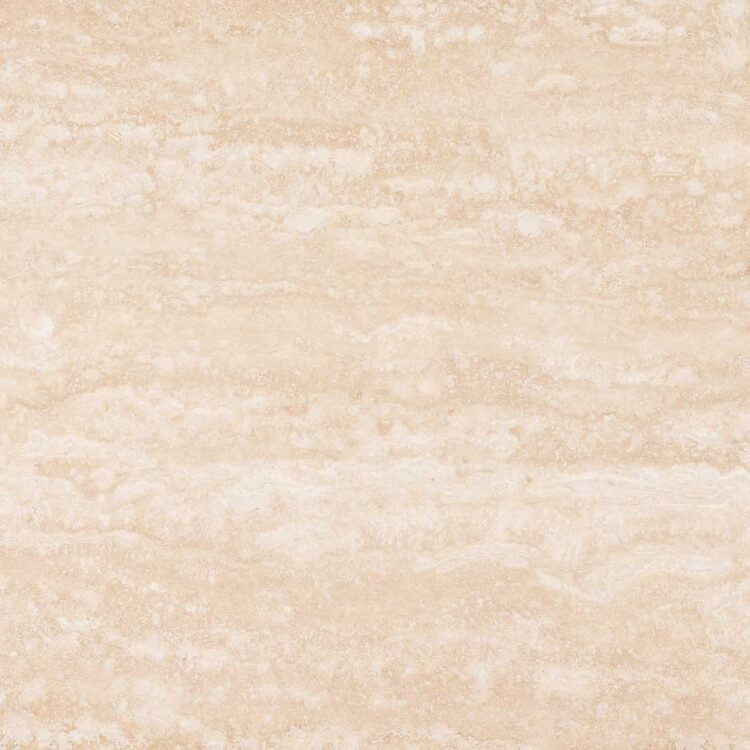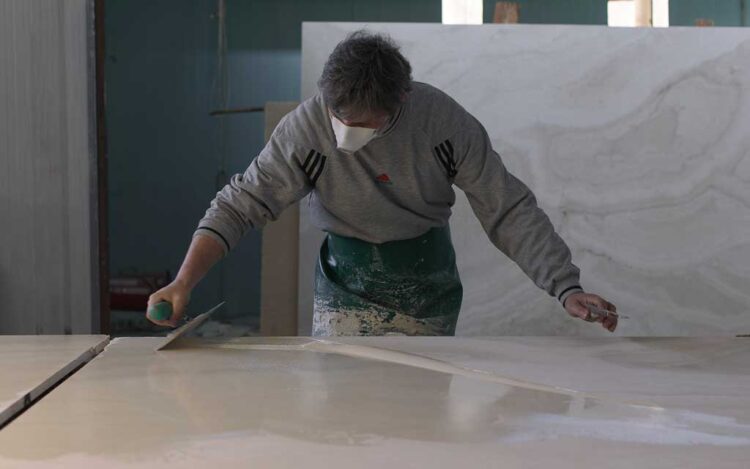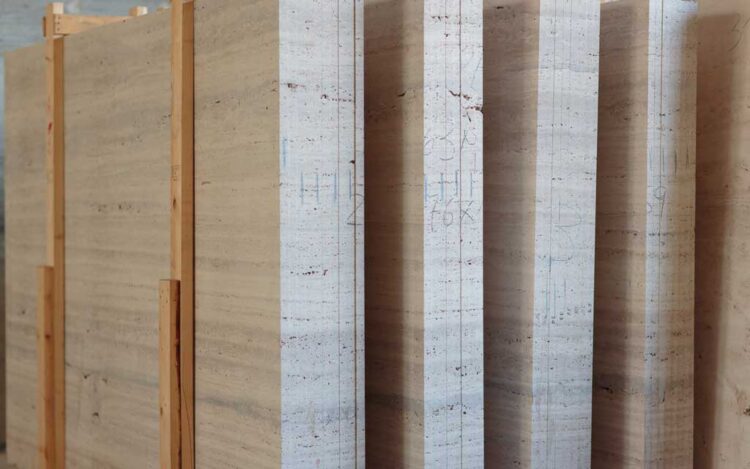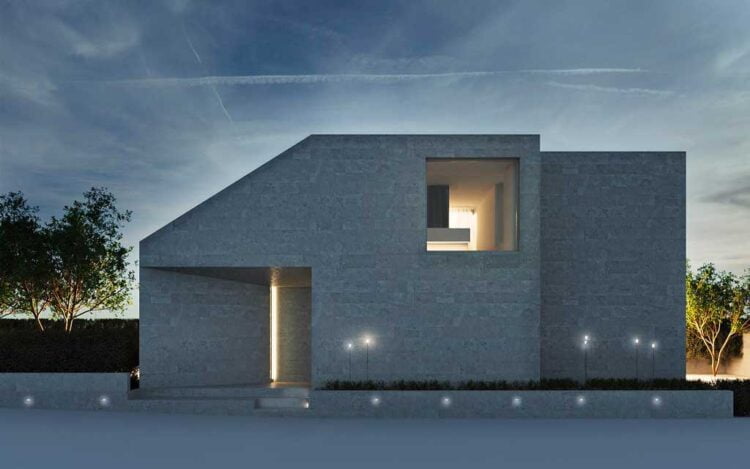Classico D Vein Cut Roman Travertine
Material: Roman Travertine
Origin: Tivoli, Italy
Availability: Blocks, Slabs, Cut to size
Suggested finishes:
saw cut, honed and stone color filled, honed and unfilled, brushed and unfilled, brushed and stone color filled
Suggested processing:
stone profiles, vein match, mosaics and patterns
General description
Classico D roman travertine possesses delicate shades and soft beige shades, which recall fine natural stone patterns. It is a gift from the universe with a unique design. The narrow veins resemble trees, roots, and rivers. A natural stone brimful of all its primordial essence, collecting memories of ancient and unlimited strengths.
This natural masterpiece plays up the light in any setting, thanks to its soft shades of light brown, beige, and cream. Travertine is a well sought-after decorating option, as an ever-growing number of people recognize the salutary effects that its warm tones have on their well-being: it helps with relaxation and increases creativity.
The contrast between a lighter background and a darker veining is highlighted by the vein cut. This cutting technique displays the truest essence of Travertine. Choosing a vein cut travertine means establishing a direct contact with the earth and its patterns.
Roman travertine is worldwide famous for its resistance and compactness that turn it into a perfect choice for outdoor applications, such as cladding and paving. Moreover, majestic façades of roman travertine Classico D vein cut adorn cities, donating a wonderful look to the urban landscapes.
Interior design applications are equally harmonious if furnished with this stunning natural stone. The chromatic effect resulting from the unevenness of its pattern ensures a sense of tranquility to the ambience. Suggested options are wall cladding and flooring in great halls, living areas, and studios, where families and guests unite for quality time surrounded by this refined gift of mother nature.
Choosing Roman Travertine extracted in the oldest Tivoli quarry – the same that supplied Romans with construction material for their most remarkable architectural projects – means bringing a piece of italian history to your place.
Technical Specifications Roman Travertine Classico
1) Flexural strength (UNI EN 12372)
1a) Load perpendicular to asiontropic planes
| Mean Fleaxural Strength | Standard deviation |
| 11,3MPa | 1,2Mpa |
1b) Load perpendicular to corners of asiontropic planes
| Mean Fleaxural Strength | Standard deviation |
| 13,5MPa | 0,8Mpa |
2) Freeze-thaw resistance (UNI EN 12371)
2a) Load perpendicular to asiontropic planes
| Mean Fleaxural Strength | Standard deviation |
| 6,4MPa | 3,3Mpa |
2b) Load perpendicular to corners of asiontropic planes
| Mean Fleaxural Strength | Standard deviation |
| 7,0MPa | 1,6Mpa |
3) Slip Resistance (UNI EN 1341)
| Mean Slip Resistance, Single Sample |
| 66 |
4) Abrasion Resistance (UNI EN 1341)
| Mean Abrasion Resistance |
| 24,0 |





